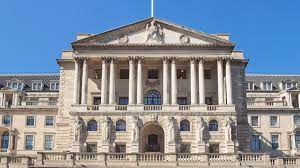
What do the Bank of England, Benedict Cumberbatch, Nandan Nilekani, the Second World War, mathematical biology, Mettur Dam, the humble punkah, and Chatrapur have in common? For added measure, one might add the Madras Railway, Tungabhadra Bridge, Coonoor, the German U-Boats, cryptography, and Bletchley Park, once the top-secret home of British code breakers. The answer is Alan Turing, mathematician and philosopher. He contributed to cryptography and mathematical biology, among other subjects, and is the father of modern computer science.

Alan Turing was born in London on 23 June 1912. He died on 7 June 1954 due to suspected cyanide poisoning. For reasons that we will turn to, Turing’s contributions remained unknown for a few decades after his death. In 2009, British Prime Minister Gordon Brown publicly apologised for what he termed as the appalling treatment meted out to Turing in his lifetime. Apart from a brief sketch of his life, this post will focus on Turing’s Madras connection.
Turings in Madras
The Turings had a long connection with Madras. Henry Davison Love, the city’s illustrious historian, mentions Turing as a recurring name in its history. Robert Turing was Presidency Surgeon in the 18th century. His medical opinion helped Robert Clive get leave to return to England after marriage. John and William Turing joined the civil service in the 1760s. The former lived in Vepery, and became Sheriff and Mayor. William also became Sheriff. The Madras Army had a Major Robert Turing and Captain James Turing. Another John Turing came as a Writer in 1795 and died in Vishakhapatnam in 1808. Love also refers to Turing’s House south of Harris Bridge in his descriptions of the French siege of Fort St. George.
Margaret Makepeace, Lead Curator of the East India Company records at the British Library flagged the case of another John Turing whose mother was a native Indian, but recorded as mother unknown. Following up on a complaint, the Company interviewed him, and rescinded his military officer cadetship. The case gave rise to the rule that “the sons of native Indians would henceforward not be appointed by the Court to employment in the Company’s civil, military, or marine services.”
Julius Turing

Love wrote in 1913 that “The name of Turing is still represented in the Indian Civil Service in the Southern Presidency.” Love was referring to Julius Matheson Turing, who joined the ICS in Madras in 1896. His choice of Tamil for the examination points to an enduring family link with Madras.
In 1907, on his first voyage back to England after serving in Bellary, Kurnool, and Vishakhapatnam, Julius Turing met Ethel Sara Stoney. Over an extended dinner on board, they became close. Love blossomed even before they reached Japan. He was Scottish and she was Anglo-Irish. After her education in England and France, Ethel had been in Coonoor, since 1900, where she was born in 1881. On Julius proposing to her, Ethel would have also welcomed the prospect of returning to India, of which she had happier memories. Turing wasted no time in asking Edward Stoney, Ethel’s father, also on the ship, for his daughter’s hand.
Edward Stoney
A gold medallist, Edward was a railway engineer, who built the Tungabhadra, Pennar and Chittravati bridges. He had published several engineering papers, and held many patents including for Stoney’s silent punkah wheel, surkhi screens, switch levers, locking gears, and point indicators. Stoney had already retired in 1904 as Chief Engineer of the Madras and Southern Mahratta Railway. He was staying at No 1, College Road, while in service. After retirement, he had moved to The Gables, his Coonoor residence. Edward wanted to die in India, where he had lived for over 60 years. But, a second marriage took him back to England in 1929, where he passed away in 1931. After changing hands, The Gables is with Nandan Nilekani of Infosys since 2006, who purchased it without knowing the Turing connection.
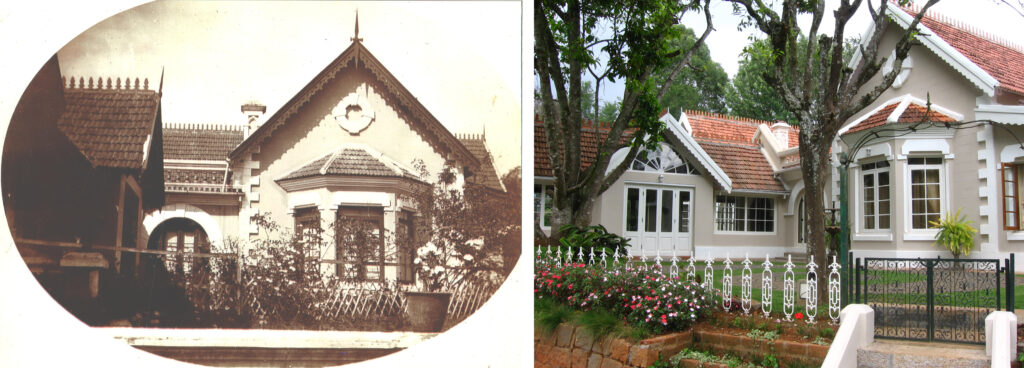
Richard Stoney
Edward’s son Richard was also born in Coonoor in 1876. After education in England, he joined the Madras PWD as Assistant Engineer. He became Chief Engineer for irrigation and was involved in many irrigation projects including the Mettur Dam. Richard used to live in Carisbrooke on Harrington Road, one among many bungalows built and owned by the famous engineer and builder, Dewan Bahadur T. Namberumal Chetty. In 1945, his service extended by the War and other engagements, Richard retired to Ootacamund, where he died in 1963. He was President of the Ootacamund Club in 1953. A noted collector of Indian bronzes and postage stamps, Richards had bequeathed three of his best bronzes to the British Museum.
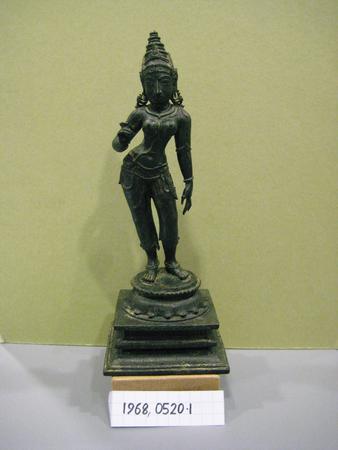
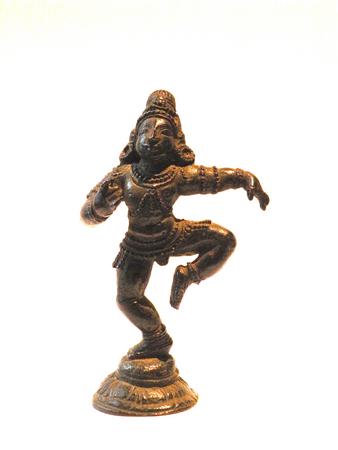
Julius and Ethel
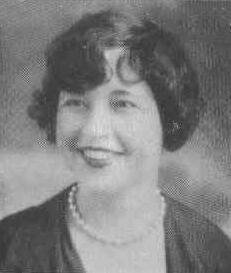
Ethel and Julius got married in Dublin in October 1907. They returned to India in January. Their first son, John, was born in September at The Gables. During this stay, the couple moved from Parvathipuram to Vishakhapatnam, Anantapur, Vijayawada, Srikakulam, Kurnool, and Chatrapur in Ganjam District, then a part of Madras. In the autumn of 1911, Alan was conceived in Chatrapur, and born in London on 23 June 1912. Ethel soon returned to India leaving the infant and his brother in the care of a retired army couple. They would make extended visits only once in three years.
Julius spoke his mind, regardless of hierarchy. As a private secretary to Lord Willingdon, then Governor of Madras, Julius told the future Viceroy, “After all you are not the Government of India.” This streak of indiscretion obviously did not aid his career. That probably explains why, in 1926, the Madras government superseded Julius with Archibald Campbell, his junior batchmate, for the post of Chief Secretary. Julius resigned in protest.
The name of Campbell was also an enduring one over generations across the Madras Presidency and rest of British India. Archibald Campbell was nicknamed XYZ Campbell, a play on his initials AYG, and because of his proficiency in mathematics, in which he did his Cambridge Tripos, winning the Smith Prize and Tyson Medal. In France, where he retired for tax reasons, a bitter Julius would refer to Sir Archibald as XYZ, leaving Alan and his brother pretty amused.
Alan Turing’s schooling
Julius and Ethel retired to France, for tax purposes, continuing their separation from their sons, John and Alan. Alan’s school teachers declared him a genius, solving complex problems without calculus. But, it did not count at the Sherborne, a public school which emphasised the humanities and classics. Alan’s commitment to study was such that he beat a general strike by cycling 60 miles to attend his first day of school. He stopped only to take rest at an inn overnight. Later in life he took up marathon. Only an illness kept him out of contention for the 1948 London Olympics.
Turing earned a distinguished degree and became a Fellow at King’s College, Cambridge, in 1934. A doctorate from Princeton followed in 1938. His 1936 paper, “On Computable Numbers with an Application to the Entscheidungsproblem” laid out the idea of a “universal computing machine,” which could do any work breakable into a series of computations. Called the Turing Machine, it foreshadowed the modern digital computer, earning him the epithet, father of modern computer science.
Alan Turing and the Second World War
During the second world war, Alan was at the secret facility at Bletchley Park, halfway between Oxford and Cambridge. An assorted group of mathematicians, chess players, linguists, classical scholars, statisticians, engineers, and hobbyists worked there to break the Enigma, the Nazi cipher code that encrypted their communications. If only one person out of the around 10,000 at Bletchley Park was indispensable, it was Alan Turing. He devised machines, called bombes, that decoded thousands of messages every month. His contribution cut short the war by at least two years, saving lives of millions. But his role remained a secret even from friends until the 1970s.
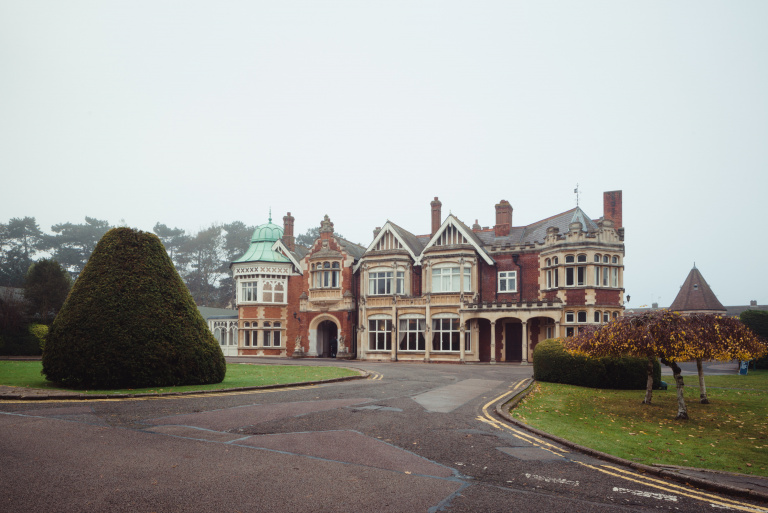
Alan Turing after the War
After the War, Turing focussed on developing machines that could replicate the brain’s functioning. His 1950 paper, “Computing Machinery and Intelligence” devised the Imitation Game (now, Turing Test) to judge computer intelligence, which had a lasting influence on research in Artificial Intelligence. He was elected a Fellow of the Royal Society in 1951. Around this time, the avid chess player that he was from his childhood, spending hours solving problems on his own, Turing devised the first computer programme.
Crime and punishment
Not many were aware of Turing’s homosexual proclivities. Police investigation into a theft reported by Turing revealed that a friend of someone Turing befriended on the road and invited home had perpetrated it. Investigations led to his confession as to his homosexual activities. The police charged him with gross indecency. Turing pleaded guilty and was convicted under an already antiquated 1885 law. Given a choice between imprisonment and chemical castration over a year, he chose the latter.
Alan Turing’s Death
On 8th June 1954, Turing’s maid found him dead. A half-eaten apple was by his side. He was 41.Alan was cremated and his ashes scattered at the Woking Crematorium. If Alan wanted his death to be as enigmatic as the codes he cracked, making people interpret it differently, he achieved his objective. The inquest concluded that he committed suicide by eating a cyanide-laced apple. Alan’s brother, John, endorsed this version. But the reasons differed. John wrote that Alan felt humiliated by his punishment that left him impotent. John blamed his brother’s homosexuality on living with strangers from his infancy, his parents in India serving the British Raj.
According to Turing’s psychiatrist, he loathed his mother. On the other hand, his mother attributed Alan’s death to his slovenly habits. Some others also argued that he accidentally inhaled fumes from an apparatus. David Leavitt, who had also fictionalised Ramanujam’s life (The Indian Clerk), suggested in “The Man Who Knew Too Much,” that Turing had become just that, as in the Hitchcock movie of the same name. With the classified information he was privy to, his foreign tours, and his picking up male strangers, he was a security risk. He also suggests that Turing was perhaps becoming increasingly delusional, as many mathematicians before him had become later in life. This might have beenaggravated when high security areas becoming out of bounds, following his conviction. Interestingly, Alan was fond of chanting the words of the wicked witch from Walt Disney’s Snow White and the Seven Dwarfs,
Dip the apple in the brew
Let the Sleeping Death seep through.
Apology
In 2019, Prime Minister Gordon Brown apologised for the appalling treatment of Turing. A year after his centenary, in 2013, the Queen pardoned Alan Turing. In 2014, the movie The Imitation Game, based on “Alan Turing: The Enigma”, David Hodges’s brilliant biography, was released with Benedict Cumberbatch in the lead.
Alan Turing on Bank of England Note
The Bank of England will feature Turing on the new 50-pound banknote to be released on 23rd June 2021. More on the note here. Andrew Bailey, Governor, Bank of England, who was a former Chief Cashier of the Bank who signed the pound notes must be proud. Earlier, Bailey said in one of the many promotional videos that the note captures so much of Turing’s work in a small space. This will be a singular and lasting honour.
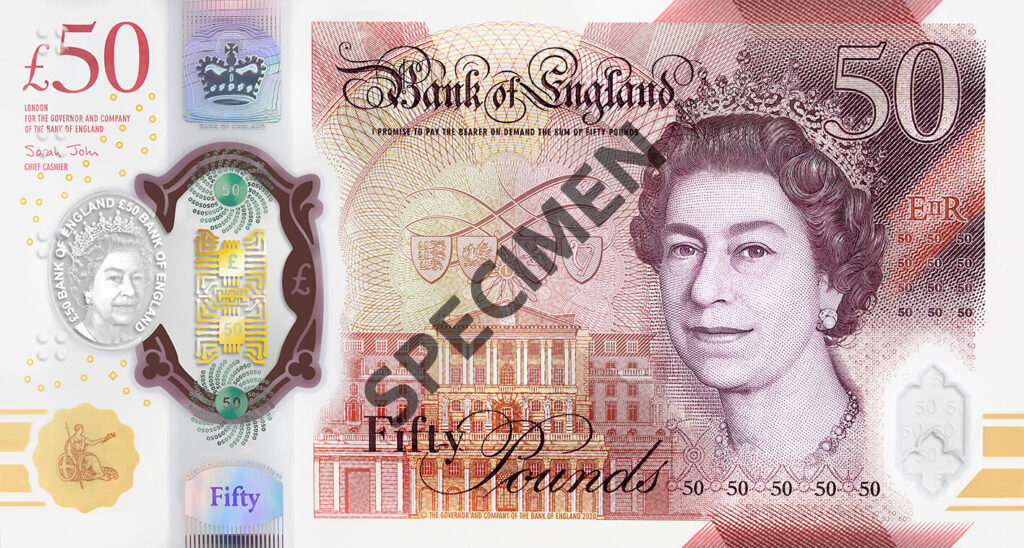
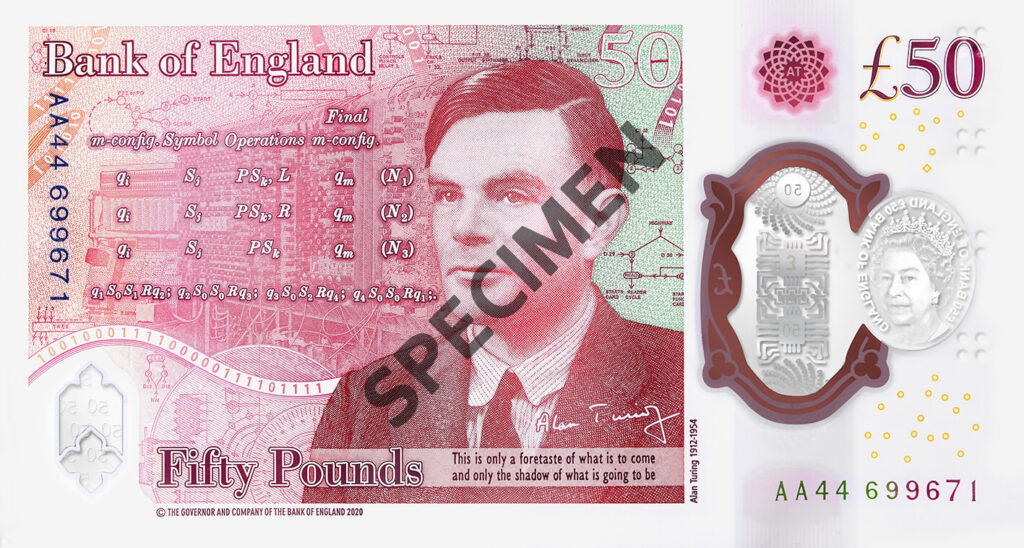
The author is a former central banker. He thanks Wendy Hanvey, great-granddaughter of Edward Stoney, and Benny Kuriakose, who conserved The Gables, for some details. A different and shorter version appeared in www.thefederal.com.
© G Sreekumar 2021
For periodical updates on all my blog posts, subscribe for free at the link below:
https://gsreekumar.substack.com/
![]()